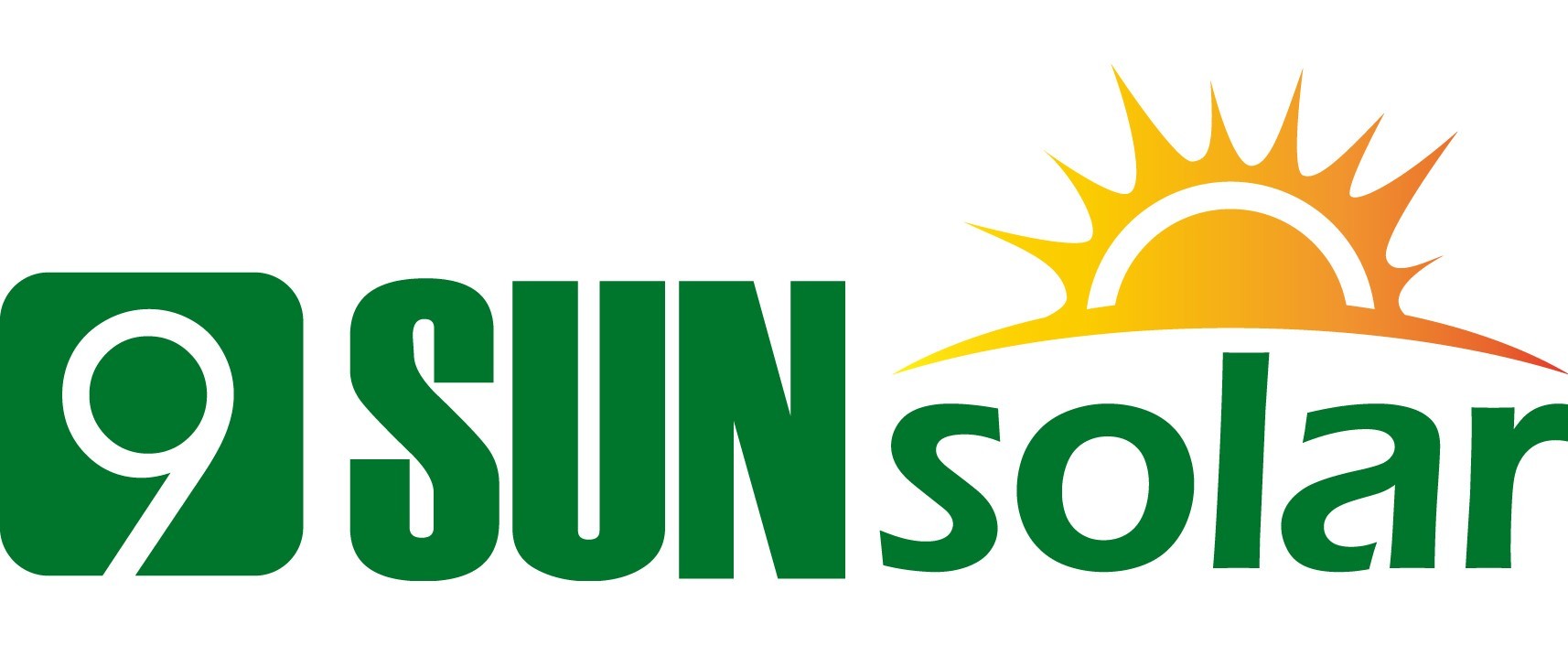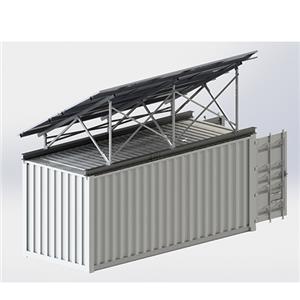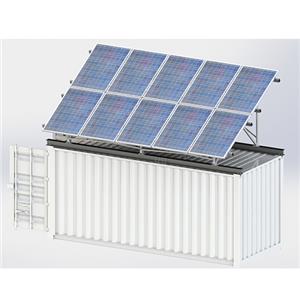How to Determine the Right Solar System Size for Your Energy Requirements
Determining the appropriate size for your solar system is a key part of transitioning to solar energy. we assist both individuals and businesses in understanding the factors involved in sizing a solar system, helping you make informed decisions to maximize solar energy’s benefits.
Understanding Energy Consumption
The first step in sizing your solar system is analyzing your energy consumption. Review your electricity bills to see your usage, typically measured in kilowatt-hours (kWh) per month or year. This data forms the foundation for calculating the system size needed to offset your electricity use.
For a more precise analysis, consider your energy consumption throughout the day and across different seasons. Identifying peak usage times and seasonal fluctuations will help you more accurately determine the solar system size necessary for your energy needs.
Evaluating Roof Space
Once you understand your energy consumption, the next step is assessing the roof space available for installing solar panels. The size, orientation, and condition of your roof are critical factors in determining how many panels you can install and their optimal positioning to capture sunlight. It’s important to take potential obstructions into account, such as trees, buildings, chimneys, or skylights, as they can cast shadows and reduce efficiency.
If your roof requires any repairs or replacements, it’s best to handle them before installing solar panels. Doing so afterward can be more complicated and costly.
Solar Panel Efficiency
The efficiency of your solar panels is a crucial consideration when sizing your system. High-efficiency panels generate more electricity from the same amount of sunlight, making them ideal for locations with limited roof space. However, they often come with a higher price tag, so you’ll need to weigh the cost against the long-term savings in energy costs.
When selecting solar panels, consider factors like their efficiency ratings, warranties, and the reputation of the manufacturer. While more efficient panels may cost more upfront, they can offer greater long-term savings by maximizing energy production and reducing your electricity bills.
Considering Solar Irradiance
Solar irradiance, the amount of sunlight your location receives, plays a significant role in your solar system’s performance. Different regions receive varying amounts of sunlight throughout the year, which impacts the amount of energy your panels can produce. Solar irradiance maps or tools can help estimate how much sunlight your area gets, enabling you to size your system more accurately.
You’ll also want to consider factors like the angle and orientation of your roof and any obstructions that could cast shadows on the panels. Properly positioning the panels can significantly improve your system’s efficiency and energy production.
Accounting for System Losses
Even the most efficient solar systems experience some level of energy loss due to factors like shading, dust buildup, or inefficiencies in electrical components. It’s essential to account for these potential losses when determining your solar system’s size to ensure it can consistently meet your energy needs.
Building in a Safety Margin
To mitigate the effects of potential system losses, it’s a good idea to build in a safety margin by slightly oversizing the system. By choosing solar panels and components with a higher capacity than strictly necessary, you can ensure reliable energy production even under suboptimal conditions.
Managing Shading Issues
Shading can significantly impact the efficiency of your solar system. To address shading issues, you may need to trim trees, adjust the angle of your panels, or use technologies like microinverters or power optimizers, which help minimize the impact of shading. These strategies can help ensure your system continues to produce energy efficiently.
Routine Maintenance
Regular maintenance is essential to keep your solar system operating at its best. Cleaning panels to remove dust and debris, along with routine inspections to identify and fix potential issues, will help maintain efficiency and maximize energy production over time.
Consulting with a Solar Professional
Although you can begin the sizing process on your own, consulting a solar expert is highly recommended. Professionals can assess your unique situation, including your energy needs, roof conditions, and budget, to provide tailored recommendations.
During a consultation, a solar professional will evaluate factors like roof orientation, shading, and local regulations. With this information, they can design a system that maximizes energy production and return on investment while meeting your specific needs.
Conclusion
Accurately sizing a solar system involves careful consideration of several key factors, including energy consumption, available roof space, solar panel efficiency, solar irradiance, and potential system losses. By working with a solar expert, you can ensure your system is customized to meet your energy needs, helping you reduce your carbon footprint, lower your electricity bills, and gain energy independence.
We specialize in designing and installing custom solar solutions for residential and commercial properties. Contact us today to schedule a consultation and take the first step toward a more sustainable, solar-powered future.




